Agerato: [Cultivation, Irrigation, Care, Pests and Diseases]
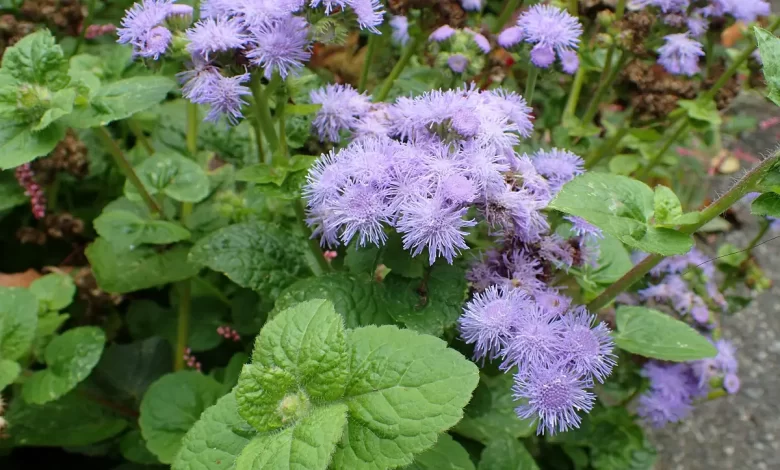
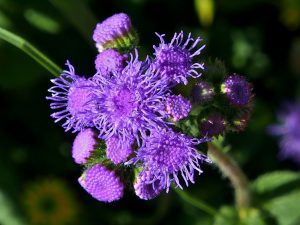 The Ageratum is a genus within the Asteraceae family. They are generally known for their small colorful and fragrant pon pon-shaped flowers, which bloom during the summer.
The Ageratum is a genus within the Asteraceae family. They are generally known for their small colorful and fragrant pon pon-shaped flowers, which bloom during the summer.
Currently there are about sixty species of the genus Ageratum registered. However, the only one that is grown for ornamental purposes is Ageratum Houstonianum.
The ageratum houstonianum is a plant native to Mexico, Central America and the Caribbean. However, it has been introduced in dozens of countries around the world, such as China, India, Thailand, Japan, Australia, as well as European countries.
Its name in Greek is very appropriate as it conveys the idea of being a plant that does not age. This is so because some of these species maintain their color for a long time.
Agerate is also known for its medicinal properties. It is used to reduce fever, to eliminate toxins, as an antimicrobial, antioxidant, antidiabetic and insecticide.
Important points when sowing ageratum:
- Scientific name: Ageratum houstonianum.
- Common Name: Agerato celestino, Mexican agerato, damasquino, dog grass, tick flower, buzzard grass, saw palmetto, brush, marjoram.
- Height: 30 to 70 centimeters.
- Light Need: Intermediate.
- Temperature: Temperate climate.
- Irrigation: Limited.
- Fertilizer: Liquid flowering fertilizer.
What characteristics does the agerate have?
Ageratum houstonianum is an annual herb with simple, erect or decumbent stems, reddish to green in color. The most common height has a range that goes from 30 to 70 centimeters, although sometimes it can reach 90 centimeters. The leaves of the ageratus are oval, opposite, toothed, with fine villi.
They can measure from 3 to 10 centimeters long and from 1.5 to 7 centimeters wide. Its flowers can be lilac, violet, blue or white. They are funnel-shaped and form heads or clusters of approximately 75 flowers each. Its flowering begins in spring and lasts until autumn.

The fruit of the ageratus is a prism-shaped achene crowned by a pappus with 5 free scales 2 millimeters long. Each fruit contains only one brown to black seed.
When to sow ageratum?
The ageratus is a plant that can be grown throughout the year. However, it is recommended to germinate in a seedbed, at the end of winter or at the beginning of spring, when temperatures remain in an optimal range between 15ºC and 26ºC.
Where to plant ageratum?
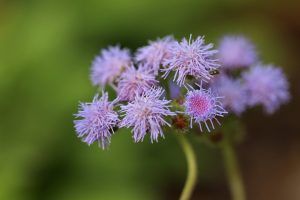 Before sowing an ageratum plant, it should be taken into account that it does not tolerate direct sunlight.
Before sowing an ageratum plant, it should be taken into account that it does not tolerate direct sunlight.
It is necessary to select a place where the light intensity is intermediate, that is, in a place that has a shade of 50% to 60%.
On the other hand, the ageratum is not demanding as far as the type of soil is concerned. It usually grows in light, rich, sandy, soft substrates, with moisture retention and with a pH ranging from 5.5 to 6.2.
How to prepare the land?
Various mixes can be made to prepare a good substrate in which the ageratum will grow. Always keep in mind that it must be of a light texture, that is, composed of sand, silt and clay in different proportions.

Whole leaf soil or compost, coconut fiber, Canadian peat moss, vermiculite, tezontle, medium river sand or perlite can also be used, depending on the needs of the substrate.

If we do not know the composition of the soil where the ageratum is going to be planted , then it is advisable to use a universal substrate or substrate for outdoor plants.
How do we water the ageratum?
The ageratum requires intermediate irrigation, either by mechanical or manual means, ensuring that the substrate is regularly moist, without giving way to stagnations. It is important to frequently check the soil moisture level as the plant does not tolerate drought stress well.
How often do we water the garden?
The soil should be watered once every six days, or when we see that the substrate is half dry. It is recommended to do this three times a week or every other day throughout the summer, or during active growth of the ageratum plants.

However, the frequency of irrigation as well as the quantities will depend on aspects related to the region, the type of soil and the climatic conditions. Checking the state of the substrate will be very important to keep it sufficiently moist.
How to sow an ageratum step by step?
The ageratum reproduces by seeds. These can be purchased in a store or collected at the end of winter or during the first days of spring.
- Place the seeds in a seedbed or in a shallow container, on a moderately wet substrate without covering them.
- The seedbed should be placed in a warm place, indoors, with indirect sunlight. The substrate must be kept moist.
- The seeds germinate in a period of 1 to 2 weeks. However, you should wait until the seedlings have reached about 10 centimeters in height.
- Once the seedlings have grown, transplant them into the garden, keeping a distance of 20 to 30 centimeters between each one, at a depth where the top of the root ball is level with the ground.
- Gently tamp down the soil and water abundantly to compact the substrate.
What care does the ageratus need?
The ageratum needs the care that any other ornamental plant requires, such as avoiding exposing it to direct sunlight, taking care of soil moisture, as well as protecting it from rain.
Although not mandatory, it is recommended to apply diluted fertilizer every two weeks during spring and summer, especially if yellow leaves appear. Likewise, the soil can be covered with organic material to eliminate weeds and conserve moisture.

With regard to pruning, this is not essential. However, dry or damaged twigs can be removed in early spring to promote renewal and prevent plant disease.
What pests and diseases affect the ageratum?
The ageratum can be attacked by the white fly (Aleyrodidae), by the tomato moth (Tuta Absoluta), by aphids, by mites such as the red spider (Tetranychus urticae), as well as by thrips (Thysanoptera).
It can also be threatened by diseases caused by the fungi Phytophthora, Rhizoctonia, Fusarium, Botrytis cinerea, Powdery Mildew, among others.
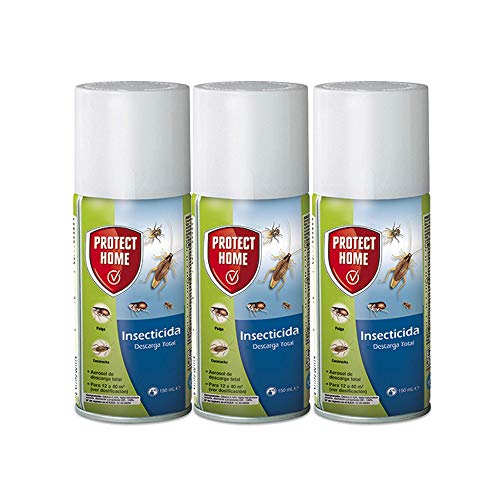
References
- https://www.ballseed.com/PDF/17196EN_ProductInfoGuide_Spanish.pdf
- https://core.ac.uk/download/pdf/226955616.pdf
- http://www.conabio.gob.mx/malezasdemexico/asteraceae/ageratum-houstonianum/fichas/ficha.htm
- https://www.elicriso.it/en/como_cultivar/ageratum/
- https://www.plantulasdetetela.com.mx/download/Agerato.pdf
- https://hablemosdeflores.com/ageratum/
- https://www.gardendesign.com/annuals/ageratum.html
- https://www.cabi.org/isc/datasheet/3573


![Photo of Hoya Linearis: [Planting, Care, Substrate and Irrigation]](https://www.complete-gardening.com/wp-content/uploads/2022/08/hoya-linearis-planting-care-substrate-and-irrigation-390x220.jpg)
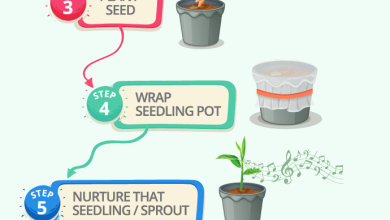
![Photo of Poisonous Yew: [Characteristics, Fruit, Intoxication and Uses]](https://www.complete-gardening.com/wp-content/uploads/2022/08/poisonous-yew-characteristics-fruit-intoxication-and-uses-390x220.jpg)